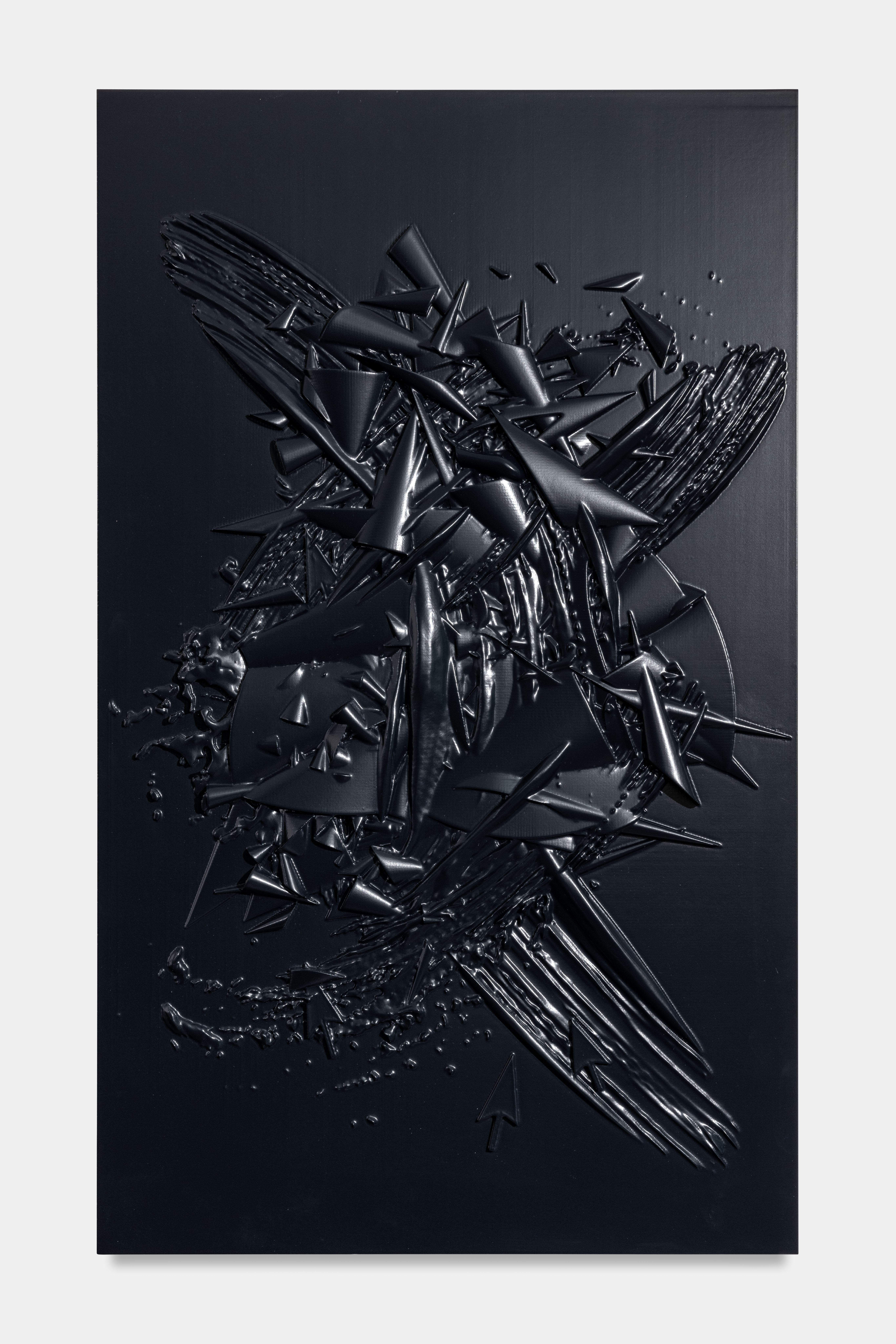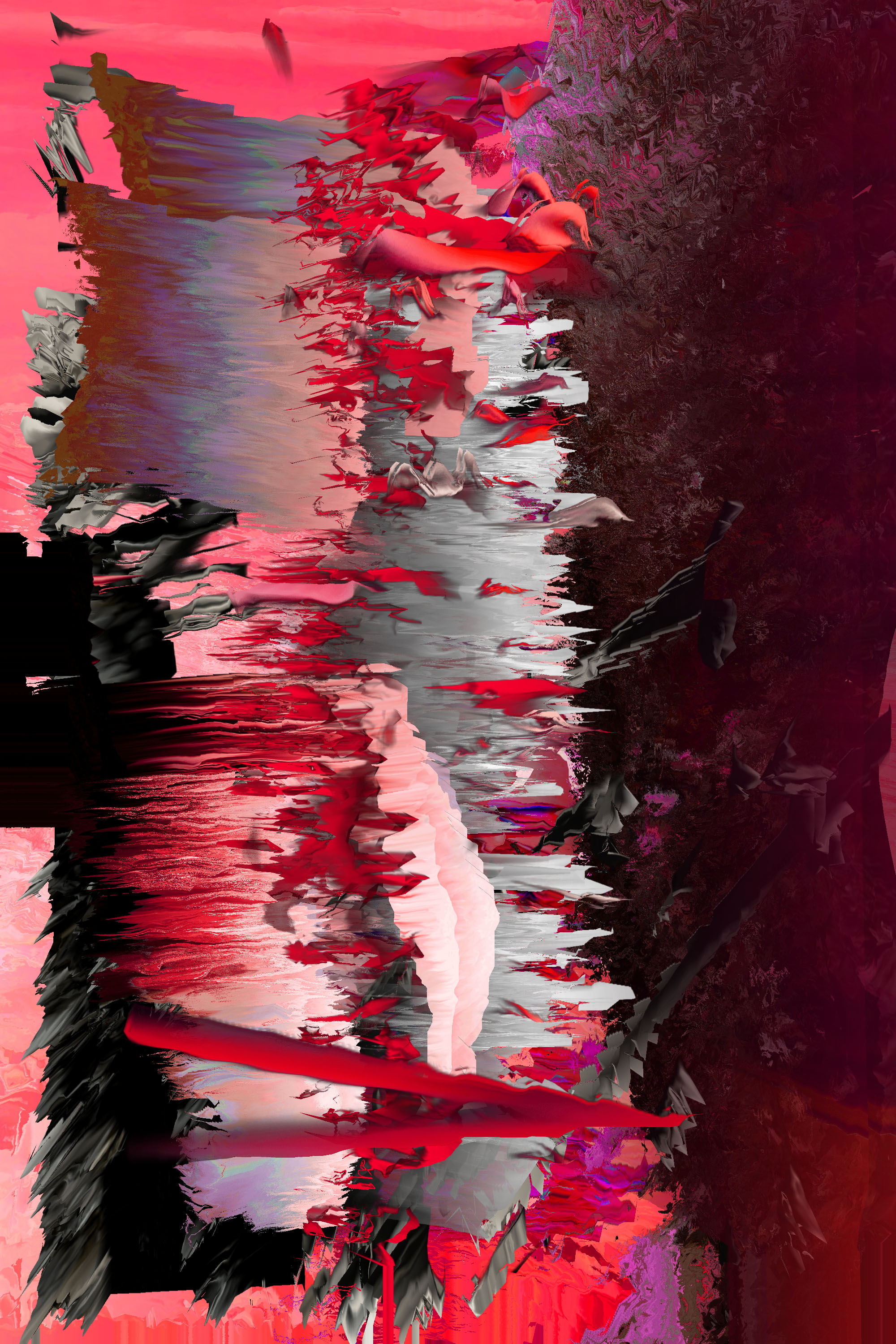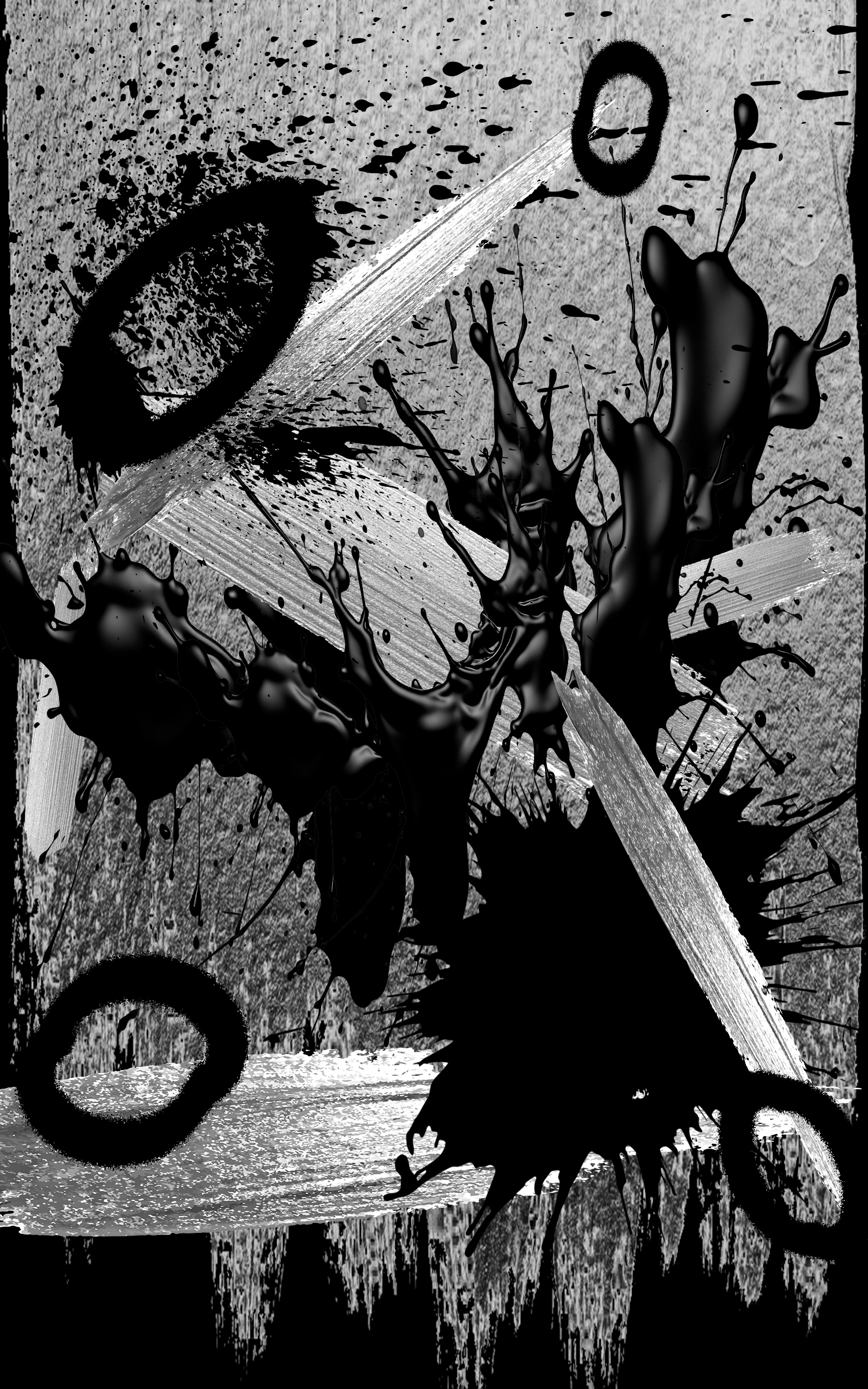Mass is a shared 3D interactive space that lives on the blockchain. Everyone shares the same space, but it appears differently to each viewer and changes in unexpected ways over time.
Mass is a surveillance machine, recording every action its owners take on-chain and communicating them back to the group through changes in the dynamic 3D compositions. But there are bugs in the code. The errors make the communication of events unreliable. The visual environment has also been constructed incorrectly and its digital objects are fragmented.
The artwork brings together a community, but also distances them from each other. It’s an abstract reimagining of our shared online environment. A system stripped of its agency to condition behaviour. A broken structure that resists fixed readings and interpretations.
More about Mass
Mass is a surveillance machine, recording every action its owners take on-chain and communicating them back to the group through changes in the dynamic 3D compositions. But there are bugs in the code. The errors make the communication of events unreliable. The visual environment has also been constructed incorrectly and its digital objects are fragmented.
The artwork brings together a community, but also distances them from each other. It’s an abstract reimagining of our shared online environment. A system stripped of its agency to condition behaviour. A broken structure that resists fixed readings and interpretations.
More about Mass


‘Without their market, most NFTs would simply be digital art, like back when people still talked about computer art,
net art and new media art without the blockchain and everyone knew what was meant.
Without the blockchain and its market, MASS by James Bloom could not live.’
Anika Meier
Imagine NFTs Are Alive
net art and new media art without the blockchain and everyone knew what was meant.
Without the blockchain and its market, MASS by James Bloom could not live.’
Anika Meier
Imagine NFTs Are Alive



‘Physicals’ is a series of reliefs carved with a 3-axis CNC router into polyurethane model board. The artworks are based on CAM 3D models constructed on a computer.
All the objects appearing in the works are taken from popular online 3D object libraries. The commercially-available internet objects include user interface elements and digitally-constructed painterly brushstrokes.
The objects are subjected to multiple digital processes - some are broken down into fundamental solids, some are bent or extruded - before being placed together in dimensional compositions carved as monolithic physical objects.
The artworks follow a complex process of production similar to commercial and luxury design fields, where the manufacturing of new and desirable aesthetic objects is achieved through regurgitation and strategic refinement. These techniques are also used in the field of art.
Breaking down these processes to produce alien forms and expressions, the series examines problematic and opaque cultures of production hidden within many of the physical objects present in life.
The disappearance of the current moment is a common experience. Its replacement with a moment yet-to-arrive is now anticipated. People fetishise digital images and networked markets, which in turn are designed to keep us hooked.
BURNER dynamically reacts to people’s activity on the blockchain. It harnesses network processes to create a neverending stream of dopamine-triggering visual stimulation. It demonstrates disappearing states, the burning away of moments in time.
All 256 pieces are interconnected and all are dependent on the live state of Ethereum. As network usage increases, increasing gas prices as a result, a more forceful artwork develops. As such, BURNER strives to picture a kind of sum total of the inscrutable processes happening on the chain.
Ethereum gas prices are made from the competing desires, intentions and beliefs of millions of entities. Digital transactions create overwhelming amounts of this information in block time, cyclically revealing fresh states. Likewise BURNER is never finished, there's always a new variant.
Taking found imagery of real gas and digitally processing it to the point where the original forms break down, BURNER pictures an unending network process we participate in but which escapes our comprehension.
More about BURNER
‘The Stack is an accidental megastructure, one that we are building both deliberately and unwittingly is in turn building us in its own image. This planetary-scale computing infrastructure… is powerful and dangerous, both remedy and poison, a utopian and dystopian machine at once.’
Benjamin H Bratton
The Stack, MIT Press
Benjamin H Bratton
The Stack, MIT Press




‘Every block is an update of information. A database forever expanding and reacting in coordination to things happening inside and outside of [the Ethereum Virtual Machine]. The more we ask it things, the more it amasses information on us. Does it understand us? Can it speak back?
We look at it, but does it look back at us? Does it shape us as we shape it?’
Loucas Braconnier
Essay on BURNER
We look at it, but does it look back at us? Does it shape us as we shape it?’
Loucas Braconnier
Essay on BURNER



‘Digital paintings’ are a series of abstract painterly artworks made entirely from web clipart images of brushstrokes, paint splatters and spray marks. These found elements are arranged into abstract compositions, exploring gesture and expression, but with source imagery usually used for website design and online marketing.
Velvety, dynamic paint splashes. Spray marks like urban graffiti. Varied aesthetic treatments of paint, each with their own cultural associations, are combined as layers and presented in a loose compositional unity.
The series explores themes around art and artifice in a digital visual landscape, where appearances can be deceptive. Containing no original brushstrokes, the artworks are still capable of conveying personal expression.
Some pieces in this series have been produced as unique physical prints on canvas as well as digital artworks.
